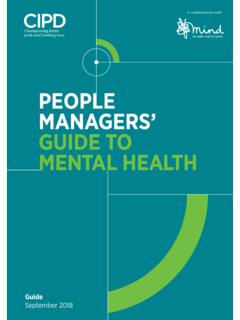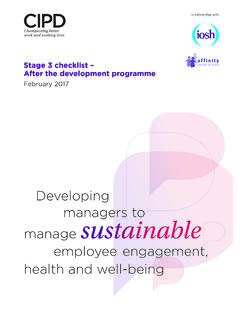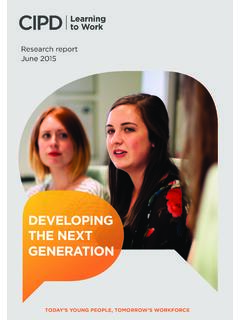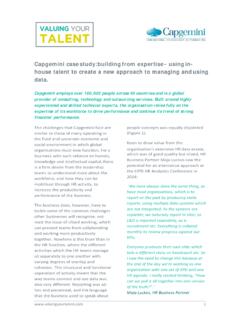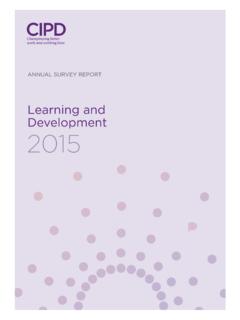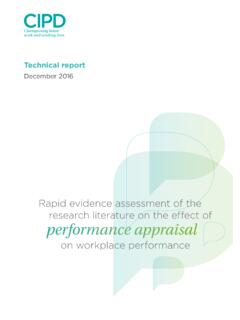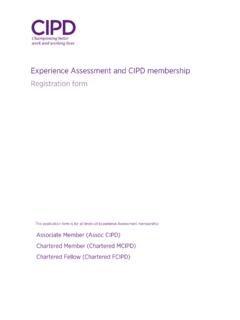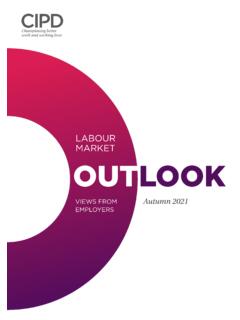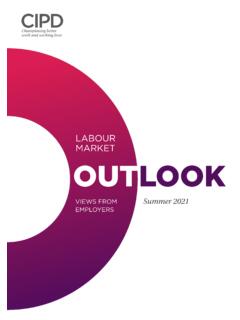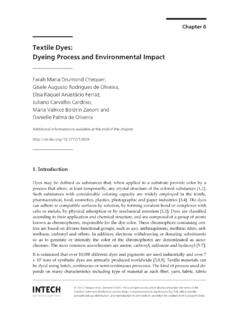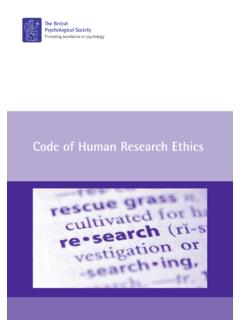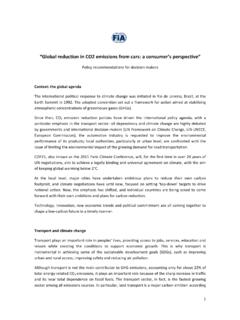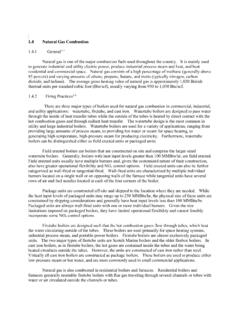Transcription of Survey report - CIPD
1 Survey reportApril 2015workplace Getting under the skin of conflict: Tracing the experiences of employees1 Getting under the skin of workplace conflict: Tracing the experiences of employeesThe CIPD is the professional body for HR and people development. The not-for-profit organisation champions better work and working lives and has been setting the benchmark for excellence in people and organisation development for more than 100 years. It has more than 135,000 members across the world, provides thought leadership through independent research on the world of work, and offers professional training and accreditation for those working in HR and learning and Getting under the skin of workplace conflict: Tracing the experiences of employeesGetting under the skin of workplace conflict: Tracing the experiences of employeesSurvey reportSummary of key findings 2 Introduction 41 The scale of workplace conflict 72 Which relationships are most prone to conflict?
2 103 What issues spark conflict? 124 How do people behave in conflict? 135 The impact of conflict 176 Responding to conflict 207 Finding resolution 26 Conclusions 28 References 30 ContentsAcknowledgementsThis report was written by Jonny Gifford at the CIPD. The CIPD would like to thank YouGov for conducting the Survey . We would also like to thank those who provided input to the Survey questions: Marion Brown, Michael Farrier, Richard Saundry and Gemma Wibberley. Finally, for their valuable comments on a draft of this report , we would particularly like to thank Paul Latreille of Sheffield University, Richard Saundry of Plymouth University and Peter Urwin of the University of Westminster.
3 2 Getting under the skin of workplace conflict: Tracing the experiences of employees3 Getting under the skin of workplace conflict: Tracing the experiences of employeesRecent UK policy developments, including the introduction of employment tribunal fees, place more onus on employers to resolve conflict in-house and at an earlier stage. Organisations need to develop both effective conflict resolution practices and robust cultures in which it is easier to challenge without conflict escalating. To achieve this we need to understand the dynamics of workplace conflict more fully. Based on a representative Survey of 2,195 UK employees, this research contributes to this aim by tracing people s experiences of conflict, the impacts it has on them, how they respond and to what effect. Our main focus is relationship conflict in other words, interpersonal friction borne of annoyance or frustration although this can be linked to task or process conflict rooted in different views on what should be done or how.
4 We also focus on individual conflict as opposed to collective or industrial disputes, or team or group conflict. Our concern is problems in one-to-one relationships and the impact on individual employeesPeople in conflictOur Survey finds four in ten UK employees report some form of interpersonal conflict at work in the last year, either an isolated dispute or incident of conflict and/or an ongoing difficult relationship. Conflict is most common with one s line manager, followed by colleagues and people who one s line manager reports to; in other words, with the people we work most closely and are less able to avoid. Conflict is seen to be more common with one s superiors than more junior members of staff. This conflict with our line managers (or their bosses) is viewed as being most serious and having the greatest consequences, for example, in demotivation or stress.
5 This points to an important power dynamic in conflict, which in turn highlights the importance of conflict resolution skills in line management. Issues in conflictWe find that the single most common contributor to conflict is differences in personality or styles of working, supporting a relational view of conflict. However, our Survey findings also support an issue-based view of conflict. Individual performance, target-setting and the level of support or resources are the typical foci, being far more common than employment contracts or promotions. Behaviour in conflictThe most common negative behaviour reported in conflict is a lack of respect, again highlighting that a major aspect of conflict boils down to failing to relate to each other as individuals in a healthy way. Aside from this, we find a wide spread of reported behaviours, including bullying and refusal to co-operate, shouting and verbal abuse.
6 Actual or threatened physical abuse is far rarer and typically comes from people outside the organisation. Summary of key findings The single most common contributor to conflict is differences in personality or styles of working, supporting a relational view of conflict. 3 Getting under the skin of workplace conflict: Tracing the experiences of employeesWe note major perception gaps in the behaviour we experienced from others and that which we believe others have experienced from us. This supports the theory of attribution bias, which proposes that we are consistently more favourable in interpreting our own behaviour than that of other people. It is also a worrying sign, as research by Jehn et al (2010) shows, that differences in perceptions of conflict are associated with decreased performance and creativity within groups.
7 Impacts from conflict The most common impact of conflict is that people find it stressful and experience a drop in motivation or commitment. Fewer but still sizable proportions of employees in conflict witness drops in productivity or relationships becoming unworkable. One in ten cases of what we call conflict results in one or other party leaving their organisation or moving , the greatest impact of conflict is on employee well-being, which has ethical implications for good employment practice. The more tangible business impacts, such as sickness absence, are less common, but the sizable impacts perceived on factors such as motivation and productivity highlight that interpersonal conflict is an important business issue. From any angle, the conflict this Survey explores must not be brushed under the conflict that hits motivation and commitment hardest is that which undermines the basics of the employment relationship favourable terms and conditions, a sense of progression and support when we are ill or cannot work.
8 One or other party is most likely to leave their job due to conflict when it is seen to have roots in a personality to conflict Informal approaches to resolving conflict are by far the most common, including discussing the matter with one s manager, HR personnel or the other person directly. We also often talk to friends and family, although this does not appear to help resolve conflict perhaps a case of complaining to the wrong person. We use formal options, such as grievance and discipline procedures, less often in one in ten cases of conflict. However, it should be noted that different approaches tend to be used for different issues. In particular, we are most likely to take a direct and informal approach in conflict about individual performance and levels of support or resources.
9 In contrast, formal procedures are most likely to be used in cases of absence conflict Employees views on how well their conflict was resolved are spread right across the board, from fully resolved to not at all resolved. We are most likely to feel conflict is resolved if it is with one of our reports; far less likely if it is with one of our superiors. This again points to the significant influence of power dynamics and thus the importance of having effective procedures that can cut through use of both informal discussions and formal channels substantially raises the chances that employees perceive a successful resolution. However, as mentioned above, to some extent this is a case of horses for courses, as we tend to use different approaches in different scenarios. Thus, it is crucial to have a balanced suite of options for conflict resolution.
10 In particular this should include approaches such as mediation, which are currently rarer options than formal channels, but importantly provide a way to facilitate informal discussions. It does little good to rely on grievance and discipline procedures alone, as this will often mean conflict festers until it escalates to a serious differencesOur Survey suggests interpersonal conflict may be experienced more often in the public and voluntary sectors than the private sector. However, this may be as much a reflection of how conflict is dealt with and viewed as of the incidence of conflict. For example, on the one hand, bullying and harassment seem to be terms more readily applied in the public sector; on the other hand, public sector organisations are also more likely to use more influential factor in conflict is organisational size.
